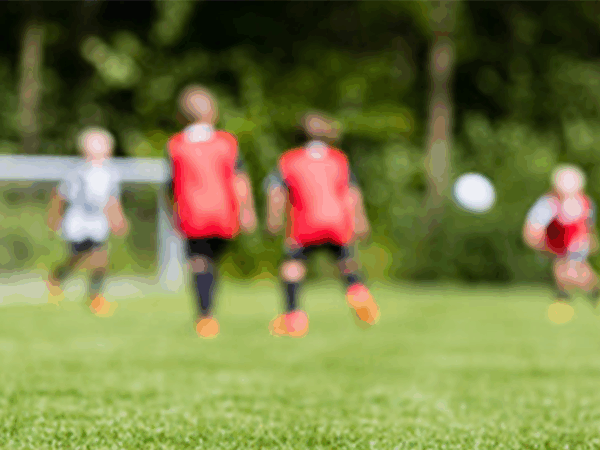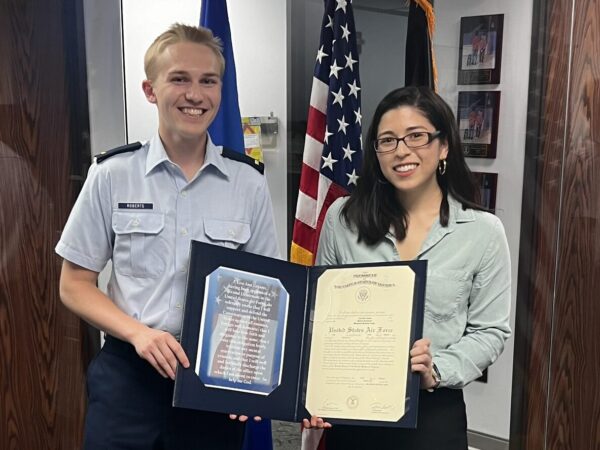How social networks within CrossFit gyms are aiding in addiction recovery and creating community
Social networks formed in CrossFit gyms have been found to influence how much high-intensity exercise is preferred and tolerated while also helping create positive communities which help addiction recovery.
The findings are part of Dr. Meg Patterson’s work as a social and behavioral scientist and assistant professor in the Department of Health and Kinesiology.
Patterson has long looked at the ways social networks can impact the health and well-being of both individuals and communities.
The journey to her research started back when she was the Director of Wellness at Baylor University in 2013.
“I ran a few studies at Baylor and did find that group-based exercise that introduces a social environment in conjunction with exercise is associated with lower anxiety, more social support and sobriety among college students in recovery,” Patterson said.
CrossFit as a recovery tool
Patterson came to Texas A&M in 2018 and was paired with Dr. Katie Heinrich of Kansas State University as part of a national mentorship program for junior professors.
Patterson said Heinrich’s research focused on CrossFit which was something she had never considered researching until then.
“It seemed to check all the boxes I needed – it’s a socially supportive environment that delivers an effective and enjoyable fitness experience and that’s when I started looking at CrossFit specifically relative to addiction recovery,” Patterson said.
She and her team began their research by filtering through both scholarly articles and popular press such as news articles.
While there had yet to be a study conducted on CrossFit and addiction recovery, there were several personal stories published about CrossFit’s utility in addiction recovery, resulting in a media analysis of 72 articles.
Patterson said although this media analysis only reported anecdotal evidence — which may not be as reliable as observational research — it showed that 64 percent of individuals in the media analysis attributed the social side of CrossFit as part of their recovery plan.
She adds that addiction recovery can be a lonely and difficult process but social support and a sense of belonging can make the process easier and prevent relapses.
A sense of belonging
Patterson found a similarly interesting discovery when she looked at three different CrossFit gyms to find out if being in a group of like-minded people would alter a person’s tolerance of and preference for exercise intensity.
Her discovery suggests the sense of belonging created in a group of exercise-positive people develops into a personal adjustment of enjoying exercise and how much exercise will be tolerated.
Before this observational study, she says that it was believed that tolerance and preference of exercise intensity were individualistic traits not affected by outside factors.
“We think it’s possible that while people have certain dispositions toward preference and tolerance, such as people who naturally enjoy running marathons, for example, preference and tolerance might be contagious and manifest differently in a social environment as compared to a solo environment,” Patterson said.
Patterson said preference for and tolerance of high-intensity exercise are two important things for a person to want to continue exercising and enjoy it.
The next step
“We are launching a study with a CrossFit gym specifically tailored for addiction recovery,” Patterson said. “I want to see what the social environment looks like in these gyms as compared to the general population CrossFit gyms and see how it supports people in recovery.”
In the long term, she hopes to perform an experimental study where she tests CrossFit and other community-tailored environments and how they can aid in addiction recovery.
She adds enjoying exercise and feeling connected to the network of similar-minded people is not only beneficial for health but can also help to prevent relapses by having a support system.
About the Writer
Justin is a native of Harlingen, the capital city of the Rio Grande Valley in Deep South Texas. He graduated in 2021 from The University of Texas Rio Grande Valley with a Bachelor of Liberal Arts, majoring in Mass Communication with a concentration in Print Journalism. Justin is responsible for writing news and feature stories for the College and its various departments to be featured via the web, social media, and various other media outlets.
Articles by JustinFor media inquiries, contact Ashley Green.













